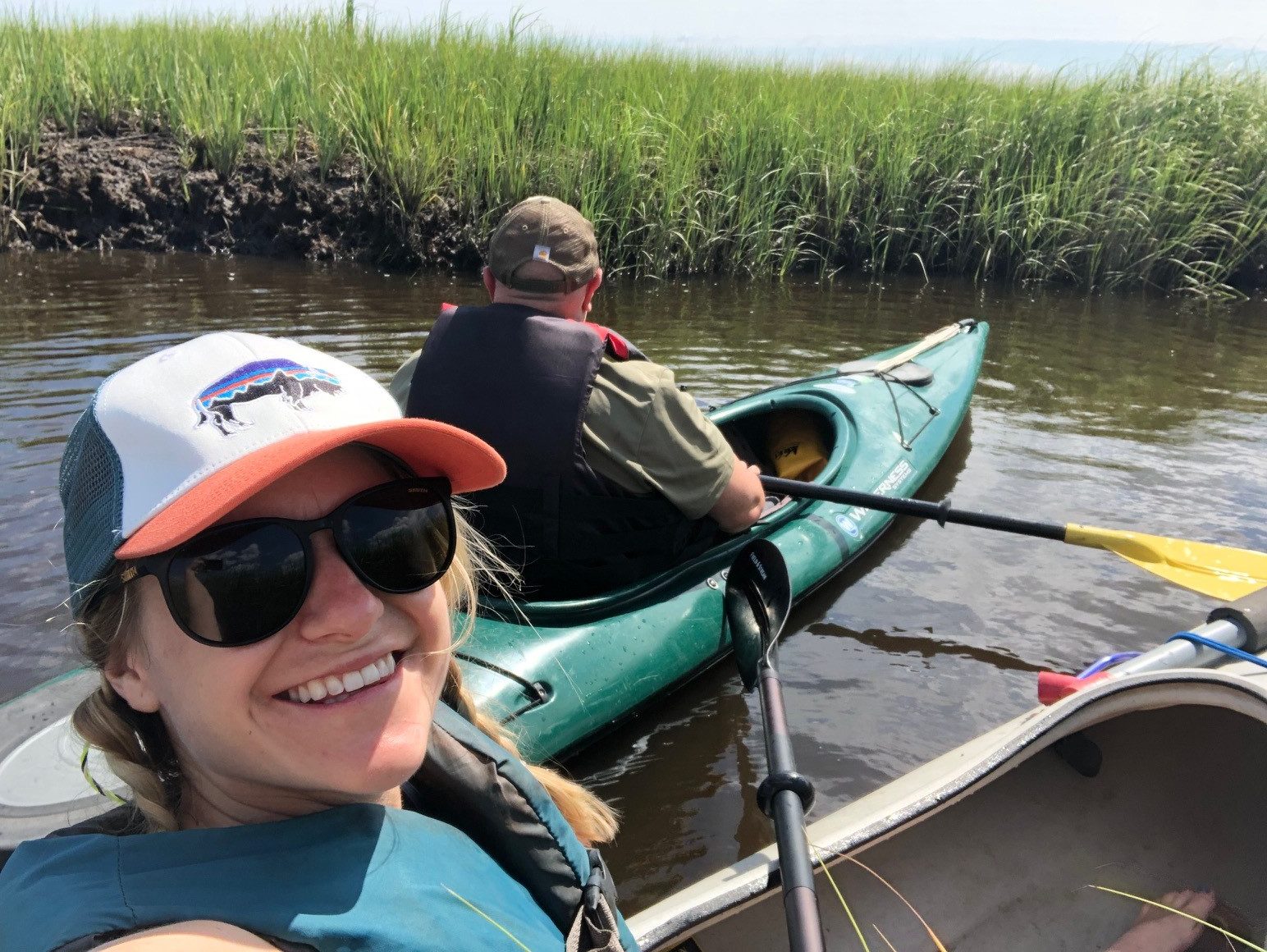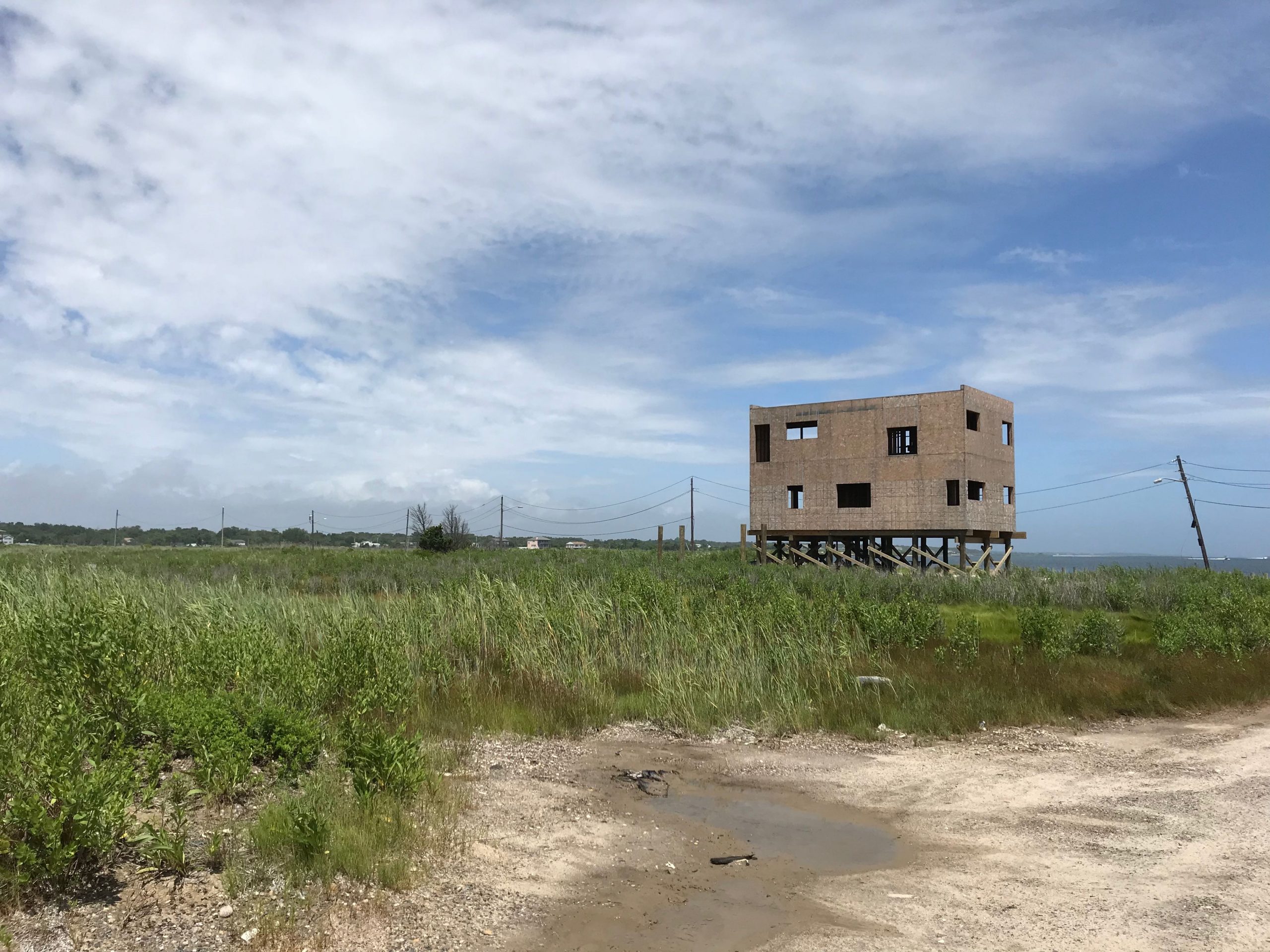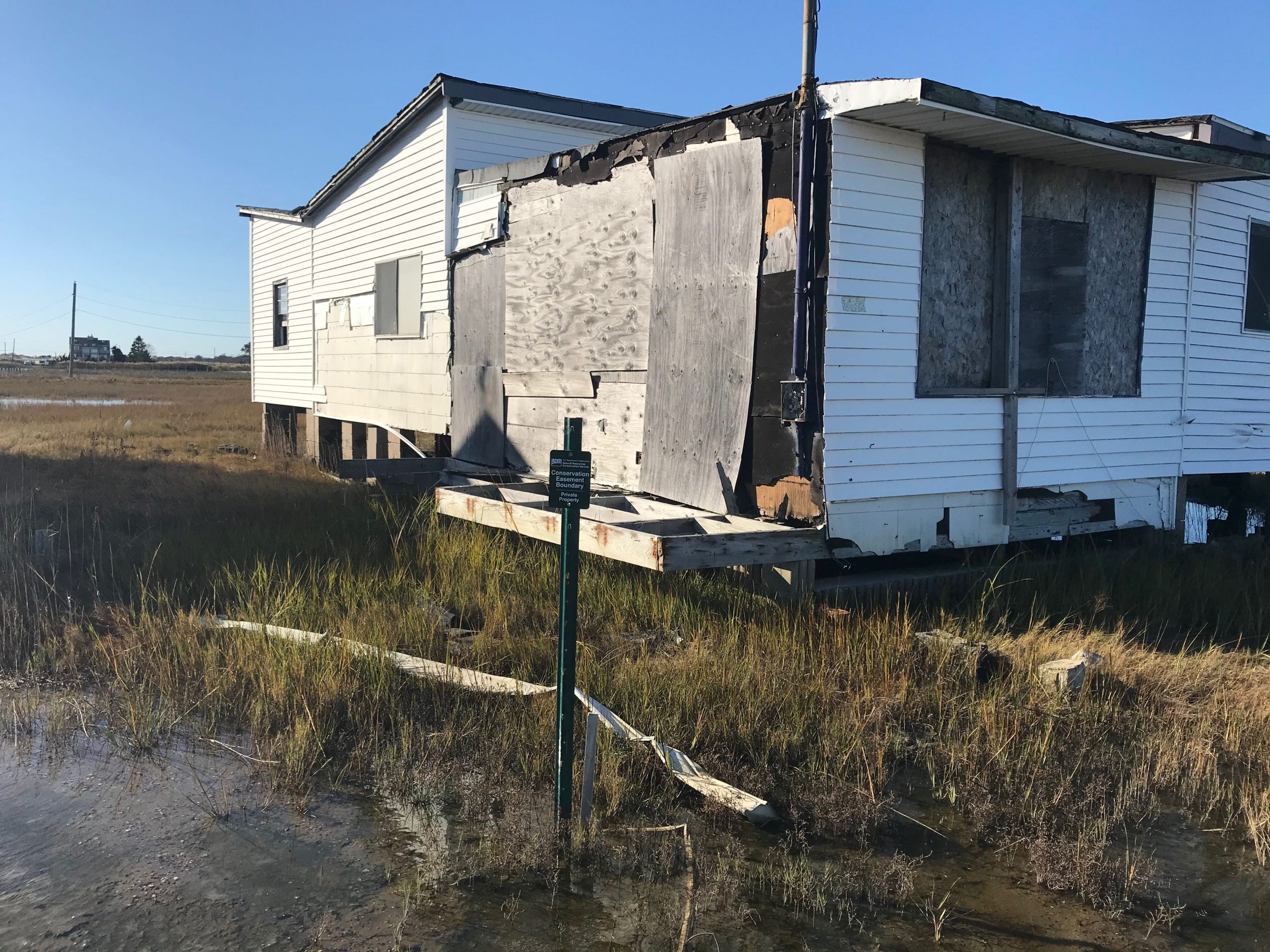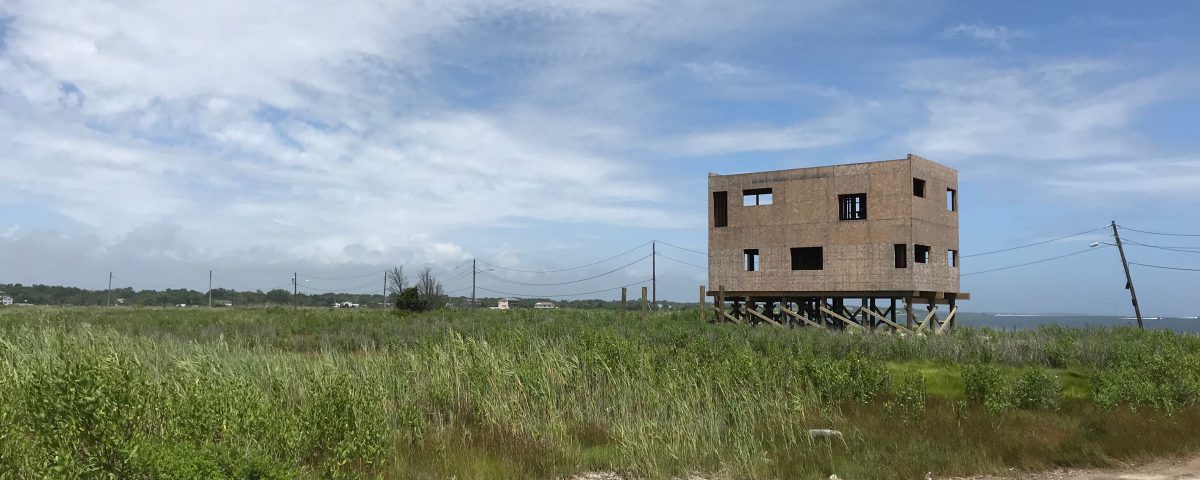
Dr. Mark Laska Presents at Law Seminar International Conference on NRD
December 10, 2020
Featured Ecologist: Cate Collinson, P. Biol
December 16, 2020

Managing Futures in the Face of Sea Level Rise
By Damian Holynskyj with editorial guidance by Liz Clift
The US Army Corps of Engineers is now requiring townships to buyout and move people out of their homes in order to qualify for federal money for flood protection projects. And the Federal Emergency Management Agency (FEMA) is offering a new $500 million program, with billions more to come, to fund large-scale relocation nationwide. This program reflects the critical need to reduce and eliminate the threat to people, structures, and infrastructure near waterways and to create the space required for floodwaters to safely flow and dissipate during flood events.
But the question remains, what happens to the land after the homes are bought out and residents relocated? In most cases the funding provided by FEMA or other entities provides funds to buyout and demolish the home, but nothing more, leaving behind empty lots, with exposed foundations, and abandoned roads*.
So what do we do?
Perhaps we can use this as an opportunity to create new public spaces and restore some of the natural habitat that we’ve lost over the last century to extensive development along our coastlines and rivers. Along our coastlines in NJ and NY, where I’m located, we’ve lost 85% of coastal wetlands in the New York-New Jersey Harbor Estuary and more than 90% of freshwater wetlands in the City. Sea level rise continues to threaten the remaining marshes, including iconic marshes such as Meadowlands.
People chose to live near the water because of the natural beauty associated with waterfront spaces and the ecosystem services it provides (such as natural cooling of the air, habitat for flora and fauna, and more). Even though these spaces are no longer safe to house permanent residents, it doesn’t mean that they’re not still beautiful and desirable places for the public to go to. Let’s convert these “abandoned” lands into newly restored natural habitats that are open to the public. These restored landscapes can serve as vital buffers, protecting inland and downstream communities from future flooding. They also offer excellent opportunities for:
- Ecological and environmental education (about placement of homes and businesses, floodplains and floodplain migration, storm surges, the local ecosystem, environmental justice, and more);
- Recreation spaces (particularly when they’re adjacent or proximate to underserved communities); and
- Opportunities to permanently protect land, as the United States moves forward on an effort to conserve 30% of its land and waters by 2030, as highlighted in President-elect Biden’s climate change plan and as is being enacted independently by conservation organizations.
Great Ecology has been working with the Town of Brookhaven to develop a concept plan for how an area along the coast that is undergoing managed retreat can be reimagined into a restored coastal salt marsh ecosystem that not only serves as publicly accessible open space, but also reduces the effects of flooding on adjacent upland communities. With our project partners, Ramboll and Linda Barie Landscape Architect we developed a Conceptual Master plan for the project site. Please visit the project page for more information.
*And so much more. The process of forcing people out of their homes is also an issue of environmental justice. Renters may be forced out of their communities with zero recompense—which could be compounded by a disruption to their social network and possibly their jobs. Homeowners face a similar challenge, although they at least benefit from whatever compensation is offered.


